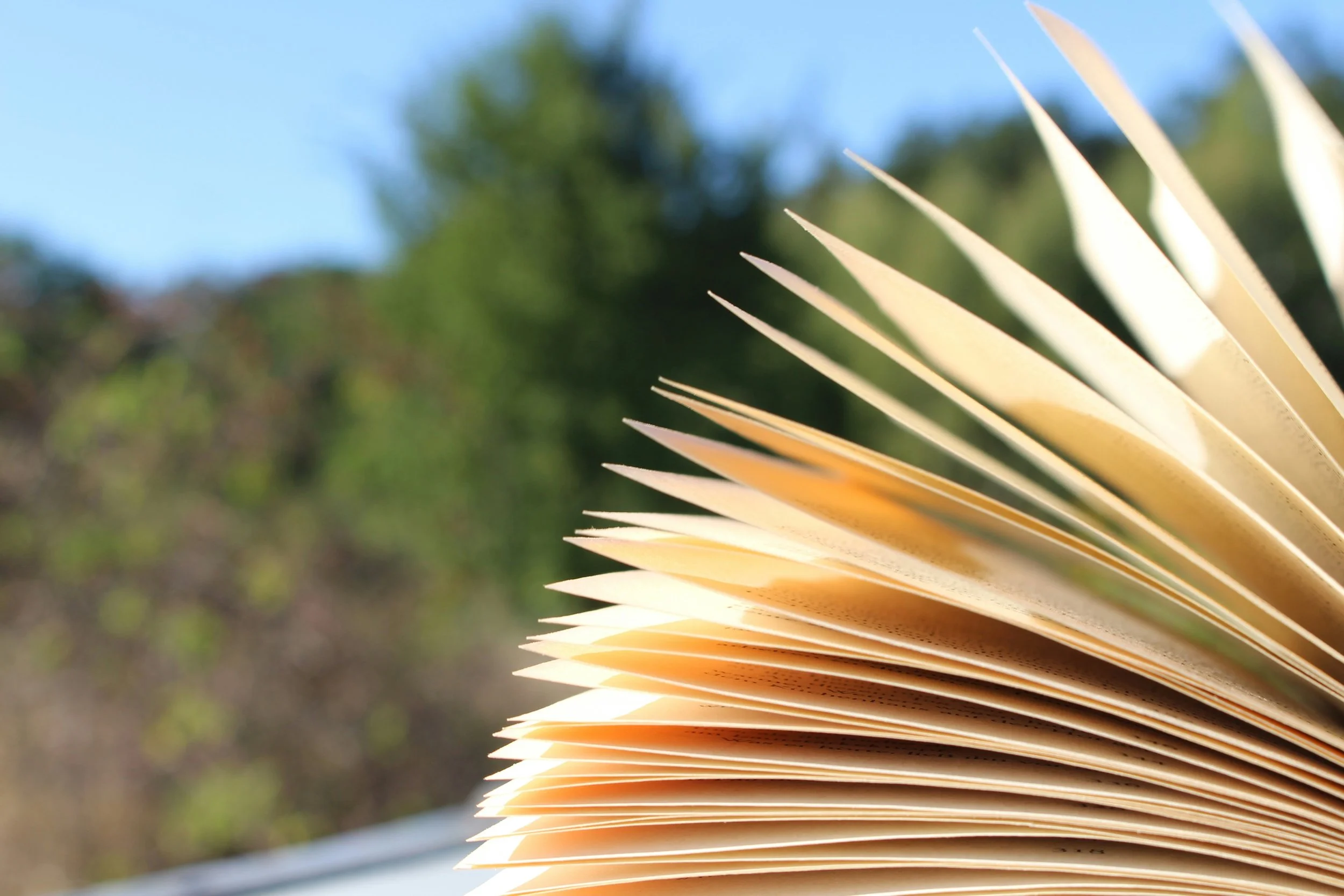Literature as a Green Getaway: Using Stories to Teach Sustainability for Key Stage Two Children
Justin Dream, Unsplash.
In a world facing mounting environmental challenges, the need for sustainability education has become more essential than ever. For Key Stage Two (KS2) children, typically aged 7 to 11, instilling environmental awareness early is crucial in fostering a generation that is conscious of its impact on the planet. While facts and scientific data have their place, literature offers a unique and powerful ‘green getaway,’ blending imagination, empathy, and knowledge. Through carefully chosen stories, children not only escape into enchanting worlds, but are also offered the chance to absorb deep-rooted values about caring for the Earth. Literature therefore provides an engaging, accessible way to explore complex sustainability themes, making it an invaluable tool in environmental education.
One of the most effective means of introducing sustainability to young readers is through narrative as stories have the power to make abstract concepts tangible by grounding them in relatable characters and plots. Instead of being told to ‘save the planet,’ children can witness the consequences of environmental degradation and the benefits of stewardship through the eyes of the protagonists they care about. This narrative engagement creates emotional resonance, which is more likely to inspire lasting behavioural awareness and a need for activism.
Notable literary examples (there are many, many more!)
An important example of such environmental literature is The Lorax by Dr. Seuss. Though published over fifty years ago, its message remains as relevant as ever. The story follows the Once-ler, who exploits the Truffula Trees to manufacture Thneeds, leading to the destruction of an entire ecosystem. The Lorax, who ‘speaks for the trees,’ serves as a moral compass, warning of the dangers of unchecked industrialisation and consumerism. This vividly illustrated book presents complex issues like deforestation, corporate responsibility, and environmental ethics in a way that is understandable and compelling for KS2 readers. Its rhythmic language and memorable characters make it both enjoyable and thought-provoking, allowing children to reflect on real-world parallels.
Another notable text is The Wild Robot by Peter Brown. This novel tells the story of Roz, a robot who washes ashore on a remote island and learns to survive in the wild. Over time, Roz adapts to her environment, befriends animals, and even raises an orphaned gosling. The story explores themes of adaptation, coexistence, and ecological balance. For KS2 readers, The Wild Robot is a powerful introduction to concepts such as biodiversity, the interdependence of species, and the impact of technology on nature. The book also opens up discussions about what it means to be ‘natural’ or ‘artificial’ and how all beings can play a role in sustaining their environment and planet.
A third influential text is Window by Jeannie Baker. This wordless picture book spans generations through a series of intricately detailed collages, all seen from the same window in a family home. As the pages turn, the reader witnesses the gradual transformation of a lush, natural landscape into a sprawling urban development. Without a single word, Window conveys the powerful message of how human expansion can lead to environmental degradation. For KS2 children, this format encourages visual literacy and critical thinking. It invites them to interpret the story in their own words and sparks conversations about urbanisation, habitat loss, and sustainable development. Teachers can use Window as a starting point for creative writing, art projects, or discussions on how communities can grow without harming the environment.
Literature across all learning areas
Integrating these texts into the KS2 curriculum can be successfully achieved through cross-curricular learning. For example, The Lorax can be linked with science topics such as habitats, food chains, and pollution where students can explore the effects of deforestation and debate the responsibilities of businesses in protecting the environment. In addition, The Wild Robot ties in naturally with computing, science, and PSHE (Personal, Social, Health and Economic education), encouraging discussions about artificial intelligence, survival in the natural world, and empathy. Meanwhile, Window lends itself to geography and art, helping students to visualise land use change and explore the impact of human activity on ecosystems.
Furthermore, storytelling supports the development of key skills such as critical thinking, empathy, and collaboration. As children grapple with the moral dilemmas presented in these stories, they learn to see the world through different perspectives. Literature allows them to imagine solutions, whether by planting trees, reducing waste, or simply asking more questions about where their food and clothes come from. These stories do not merely instruct, they inspire.
Action beyond the classroom
Literature has the power to motivate children to take real affirmative environmental action. Many schools have found success in pairing environmental stories with hands-on activities such as gardening, recycling projects, and outdoor learning. After reading The Lorax, for example, a class might plant a ‘Truffula Tree’ garden. Inspired by The Wild Robot, students could build shelters for local wildlife or use coding to design eco-friendly robots. Following Window, children could survey their local community for green spaces and advocate for conservation. The possibilities are endless with every environmentally charged narratives.
Final thoughts
To conclude, literature can serve as a ‘green getaway’ for Key Stage Two children by offering them imaginative escapes that educate as much as they entertain. Books like The Lorax, The Wild Robot, and Window are not just stories; they are seeds of awareness, empathy, and action. By embedding sustainability into storytelling, educators can nurture a lifelong respect for the natural world in young readers. In doing so, we prepare them not only to understand the challenges of their time but also to become the thoughtful, responsible stewards our planet so desperately needs.
